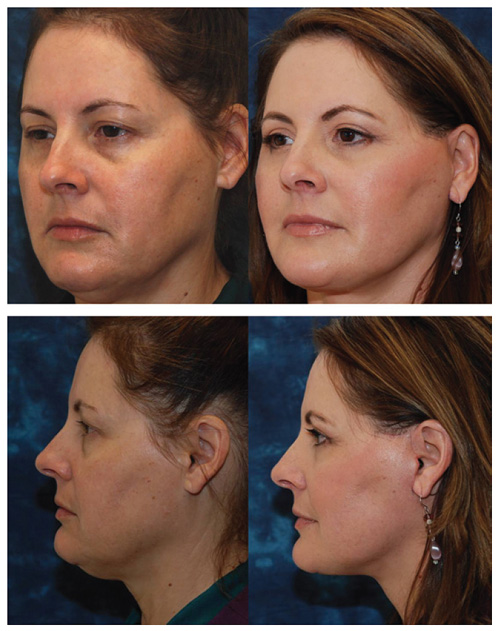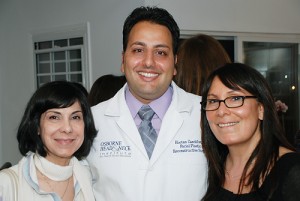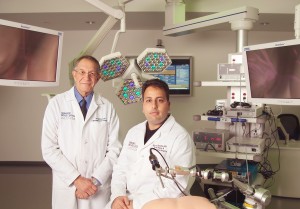- Hereditary Hemorrhagic Telangiectasia - May 25, 2016
- Hereditary Hemorrhagic Telangiectasia: Septal Perforation and Nose Bleeds - May 23, 2016
- Hereditary Hemorrhagic Telangiectasia: Epistaxis and Septal Perforation - May 18, 2016
- Wegener’s Granulomatosis: Autoimmune Disease and Multi-Focal Septal Perforation - May 9, 2016
- Kyle Korver: Facial Injury and Nasal Fracture - March 24, 2015
- Russell Westbrook: Facial Injury and Surgery - March 5, 2015
- Mega-perforation: Pushing the Limits of Septal Perforation Repair - November 26, 2014
- Septoplasty Complication and Septal Perforation - November 24, 2014
- Nose Picking (Rhinotillexis) and Septal Perforations: Why I should stop picking my nose…? - November 24, 2014
- Nasal Fractures, Septal Hematoma, and Septal Perforation: Simultaneous Rhinoplasty and Septal Perforation Repair - October 1, 2014
As time, gravity, sun exposure, and the stresses of daily life take their toll on our faces, deep creases appear beside the mouth, the jawline slackens, and folds and fat deposits appear on the neck. Facelifts counteract these problems by removing fat and tightening skin and muscles, giving your face a fresher, youthful and more energetic look — after facelift surgery, some patients appear as much as ten or 15 years younger.
This case highlights a 47-year-old woman seeking full facial rejuvenation for premature signs of aging. Her primary areas of concern were her eyes, face, and neck. She underwent minimally invasive full facial rejuvenation to address her lower eyelid bags, jowls, and a double chin.
The images below show the patient before and 10 days after her procedures. Notice the natural youthful appearance with no visible signs of surgery.

Facelifts in our Los Angeles and Beverly Hills facilities are most often performed on people who are 40 years or older. The facelift procedure can be combined with other cosmetic procedures (browlift, eyelid surgery, nose reshaping) for more dramatic results, or it can be restricted to the neck (necklift) if the patient’s problems center there.
Who’s a Good Facelift Candidate?
- Patients with deep lines that run from the corner of the nose to the mouth.
- Patients who lack a well defined jaw line or extra neck fat obscuring the contour.
- Patients who have deep wrinkles in the cheeks or sagging skin near cheekbones
- Patients with loose skin, wrinkles, or excess fatty tissue in the neck.
- Patients who are in good health and are not smokers.
- Patients who are doing it for the right reasons (i.e. for themselves).
- Patients with realistic expectations.
Patients who smoke, take medications, or have certain medical conditions such as high blood pressure, blood clotting problems or the tendency to form excessive scars should discuss potential risks with their surgeons at Osborne Head & Neck Institute.
Facelifts are outpatient procedures typically performed under local anesthesia combined with a sedative. The facelift procedure itself varies (i.e. where the incisions are placed, whether one or both sides of the face are worked on at once, in which order the steps are performed) depending on the patient’s facial structure and cosmetic desires.
During most facelift procedures, incisions are made from the temples down in front of the ears and back behind the earlobe and are hidden behind the ears and hairline and a not readily visible after surgery. Your surgeon lifts the skin, suctions fat, tightens muscle, trims excess skin and then stitches the incisions closed. Bandages are often wrapped around the head to reduce bruising or swelling and for comfort. Some patients may temporarily need a thin surgical drainage tube that can be placed behind the ear and removed the following day.
Any numbness, bruising, or thinned hair around the incision after facelift surgery will fade in a few weeks; bandages, stitches and clips are removed within a day to a week. Most patients are back on their feet in a day or two, although the face may appear slightly swollen many return to work within ten days to two weeks.
In addition to being located in inconspicuous places such as behind the hairline and in natural folds of the face and ears, incisions from facelift surgery fade to near invisibility with the passage of time.
How Long Does It Last?
A facelift last your whole life time. Years later, your face will continue to look younger than it would if you had never had the facelift procedure done. Some patients elect in 10-12 years to repeat the facelift procedure to again reset the “hands of time”
A Final Note from Dr. Hamilton:
So, what is a good facelift?
Well, if everyone knows your had facelift done, on sight, its not a good facelift. If you look like a younger fresher version of yourself, and your friends and family think you’ve been getting more sleep or exercising more, you have a great facelift. Your face and skin should simply look smoother with more definition along the neck and jaw line. You should not look “wind swept” and plastic, those are unnatural features that “give you away”. My personal philosophy on facelifting is to always obtain a picture from the patients late twenties so I can see what there natural features were in there youthful state. The goal is then to work at restoring the individual patient’s unique look. This leaves patient looking refreshed, and never with an operated look.
To learn more about Dr. Jason Hamilton or the facelift procedure, visit: http://www.ohnifacialplastics.com/



